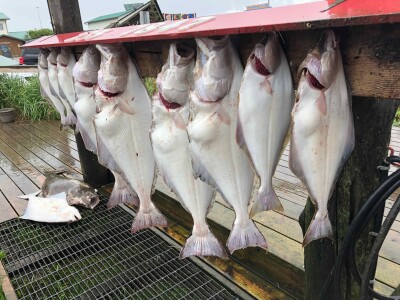Bob Rheault was having an open house at his young shellfish hatchery, so he arrived early in the morning with bottles of wine and plates of cheese. That’s when he noticed he had a problem.
“There was an odd substance floating on the surface of the tanks,” Rheault says. He looked through a microscope, “and there were no bodies to be seen … just empty shells with bacteria climbing all over them.”
In oyster and clam hatcheries, a bacterial infection can cause the population to drop from 10 million to 1,000 larvae overnight. That’s what happened to Rheault, who had no larvae to show his open house guests. Antibiotics aren’t approved for use in U.S. shellfish hatcheries (though they are worldwide)—and, by the time an infection sets in, all the larvae are dead anyway—so the only thing for a hatchery owner to do when confronted with an infection is dump everything out, clean the tanks, and start over.
Or that used to be the only approach. Now, researchers at two labs seem to have found a solution.
Read the full story at Civil Eats >>
Read more about shellfish aquaculture >>






